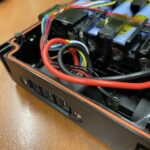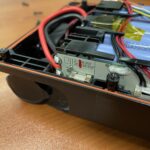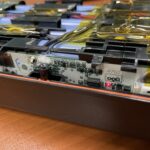Random post. Since the warranty void sticker was peeling off anyway, I opened the 36V battery of my Decathlon Btwin Elops 920e ebike and took some pictures. Here they are.
Category: Miscellanea
Edit Excel Formulas with AutoHotKey
At work I’m stuck using a Windows PC, and I often need Excel.

I really dislike the automation landscape on Windows (nothing comes even close to what we have on the Mac, there’s no Alfred, Hazel, Keyboard Maestro, Better Touch Tool, just to name a few), and the only thing I found that is useful is AutoHotKey. It is much harder to use than Keyboard Maestro, but it is quite powerful.
Today I had to change the formulas in a many Excel cells to add an “outer” IFERROR, so I created an AutoHotKey macro to help:
#<::
Send {F2}
Send {Home}
Send {Del}
SendInput, =IFERROR(
Send {End}
Send, ,"")
Send {Enter}
Return
The problem is that at the beginning of time Microsoft decided it was best to localize function names, so the English IFERROR becomes the Italian SE.ERRORE, notice the period between the two words.
If I just replaced SendInput, =IFERROR( with SendInput, =SE.ERRORE( I would get SE,ERRORE in my cell (notice the comma), because of regional seettings: we use commas as decimal separators, and periods as thoustand separators (that also brings the funny thing of using semicolons as arguement separator in Excel functions).
The only way I could find to coerce Excel to accept a period and not to translate it to a comma, was to send a unicode string (really). So the final script, for the Italian locale, becomes:
#<::
Send {F2}
Send {Home}
Send {Del}
SendInput, =SE{U+002E}ERRORE(
Send {End}
Send, `;"")
Send {Enter}
Return
Sign a custom Stripe webhook event
Stripe, its docs and its tools are amazing, but today I found a shortcoming: it is not possible to easily send arbitary events to a webhook endpoint while having signature verification enabled.

So, I made this little script to make things easier:
You just need to adjust the webhook URL and secret, then point it to a json file containing the event you wish to send.
Thanks, as always, to a StackOverflow question.
I used all the black ink of my HP PageWide Pro 477dw, so I bought a compatible cartridge and installed it into the printer.
I was greeted with a nice message, courtesy of HP:
The indicated cartridges have been blocked by the printer firmware (MAVEDWPP1N001.2208A.00, released on February 14, 2022) because they contain a non-HP chip.
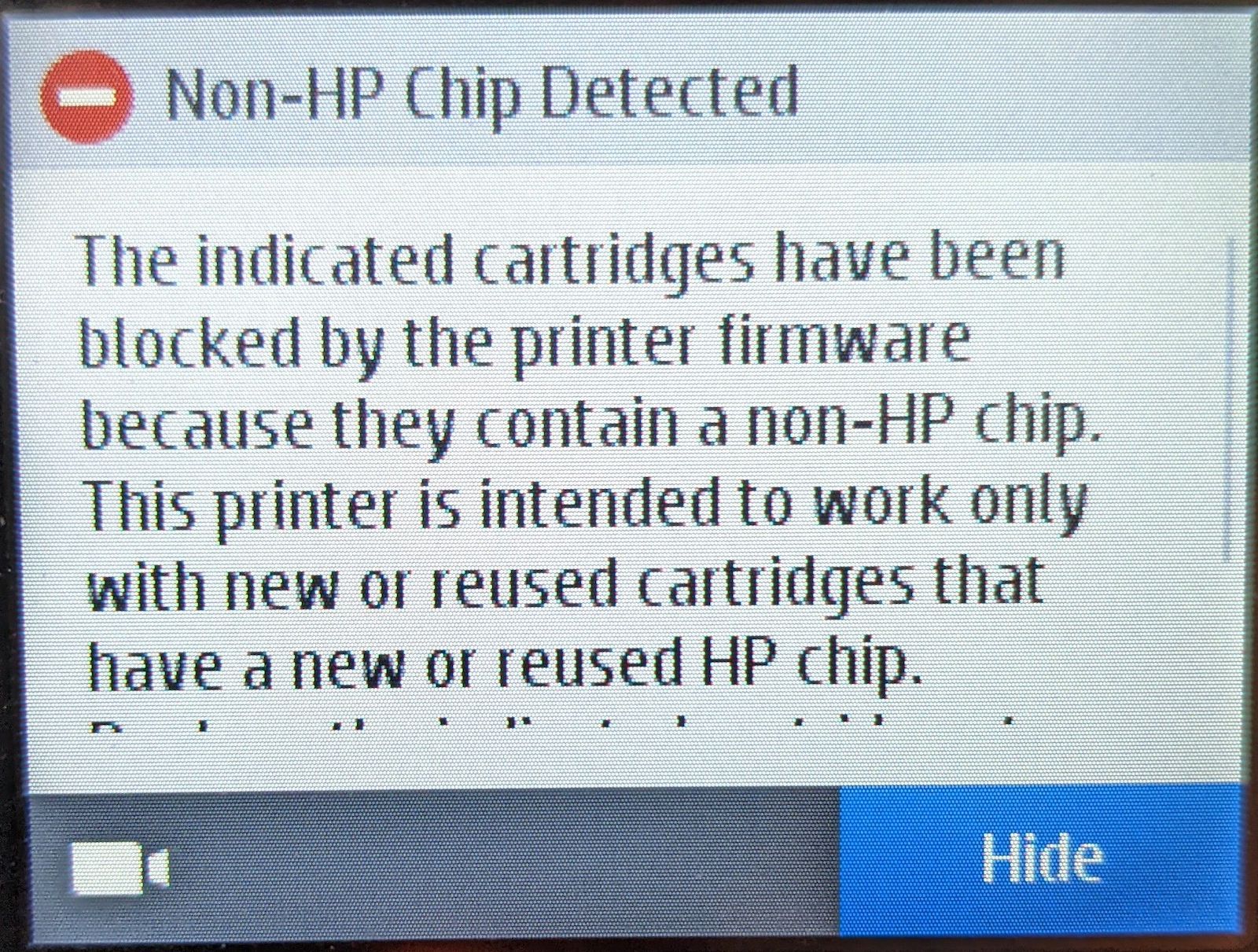 Not my printer, but the message is the same.
Not my printer, but the message is the same.I dug around and found that the easiest way to solve the issue was to downgrade my printer’s firmware to version 1908C.
Somebody on Reddit helpfully linked to this firmware version’s Windows .exe installer, from which I extracted the actual .ful2 image using 7-Zip.
To install it, copy the .ful2 file in the root of a FAT32 formatted thumbdrive (mine had an MBR partition table, I don’t know if it would work on a GUID one), then connect it to the printer. I left it connected for a while, and initially it only presented me with the option of scanning to the drive or printing something from it. After about a minute it went back to the main menu, from which I re-selected the thumbdrive, and this time it showed a button to update the firmware from the thumbdrive. I pushed it and waited for the update to complete (3–4 minutes total).
Now it works great. (And I disabled auto updates, even though I don’t like that. But I won’t let HP dictate what kind of cartridges I can and cannot use.)
So, to recap:
- Put this .ful2 file in the root folder of a FAT32-formatted thumbdrive (MBR partition table).
- Restart your printer (was not necessary in my case, but it was in Rolf’s case, so do it just in case)
- Connect it to the printer and wait for the printer to go back to the main menu.
- Press the thumbdrive button from the main menu and then press the button to install the new firmware from it.
- You’re done. Maybe disable auto updates.
I’m also uploading here version 1921E, should it be helpful in the future.
Post update – Two days later
Even though I disabled auto updates the printer somehow found a way to do it anyway (🤦♂️), and I was back at the error message above.
I repeated the procedure, it worked fine, and this time I completely blocked the printer from being able to access the internet. It appears to be working 💪🏻.
Podcast chapters and Ableton Live
TL;DR Extract markers timestamps from Ableton Live .als project files into .cue files to generate podcast chapters with als2cue.
I’ve been recording and publishing podcasts for almost 10 years, and for most of the last decade I’ve been using Ableton Live to record and edit them. I was already familiar with Live from my “deejay period”, when I approached EDM music production, so it felt natural to keep using the tool I already knew.
The rise of podcast chapters
In the last few years, adding chapters to podcast files has become mainstream. It is very handy for listeners to jump around within an episode to reach the section they’re interested in. Heck, I even added automatic chapter listings to the CMS I developed for my podcast network (see an example in this episode, look at the “Capitoli” section).
But while it is great for listeners, the same cannot be said for podcasters. It requires significant effort to place and name chapters by hand, and I needed to automate the process a bit to make it doable without investing too much time in it.
Ableton Live Markers Locators
Ableton Live includes a great feature, Locators, to help mark sections of an arrangement. I add them while recording to mark roughly when we changed topics, then during editing I fine tune their location.
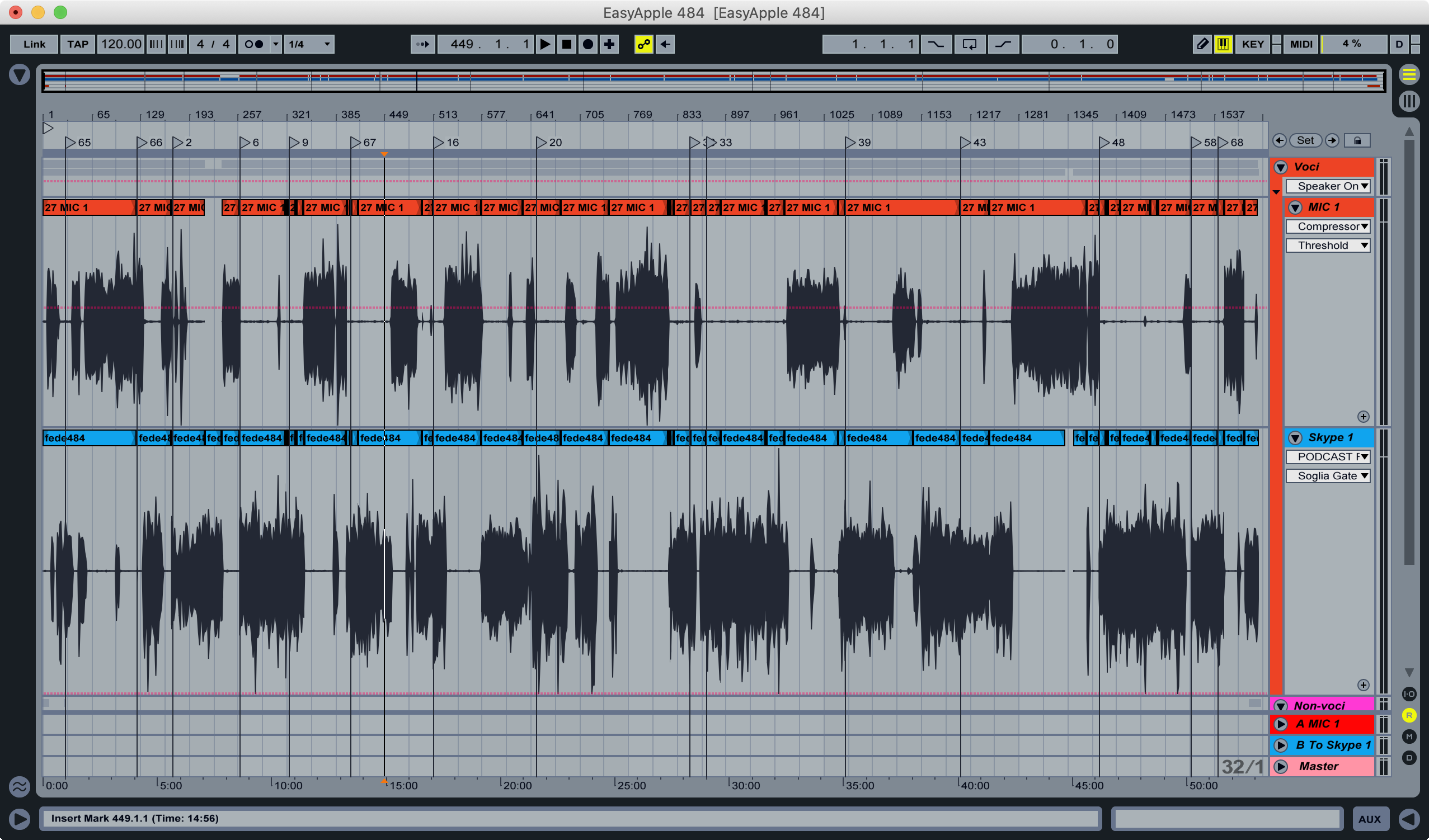
The thing is, when you export an .aiff file from Live, you don’t get the position of each marker in the file’s metadata like you do in Logic Pro, and my mp3 encoding app of choice, Forecast, cannot automatically insert chapter markers in the .mp3 file.
Extracting Locators from .als project files
Digging around, I found out that Ableton Live’s .als project files are basically just zipped xml files.
I then wrote a Python script that takes the .als file as input, and spits out a .cue file containing all the timestamps. Why a .cue file, you ask? That’s because Podcast Chapters, an amazing Mac app by Fredrik Björeman, supports .cue files to create chapters, which can then be named easily through its GUI.
It has worked great for me for more than a year, but it is not really user friendly.
My brother needed to edit an episode of another podcast, and it was just too cumbersome to have him run the Python script, so I decided to build a really simple web interface around my script: als2cue_web was born.
als2cue_web, who dis?
The web app is available for everyone to use at als2cue.lucatnt.com, it just asks you to upload a .als and returns a .cue file with each locator’s timestamp.
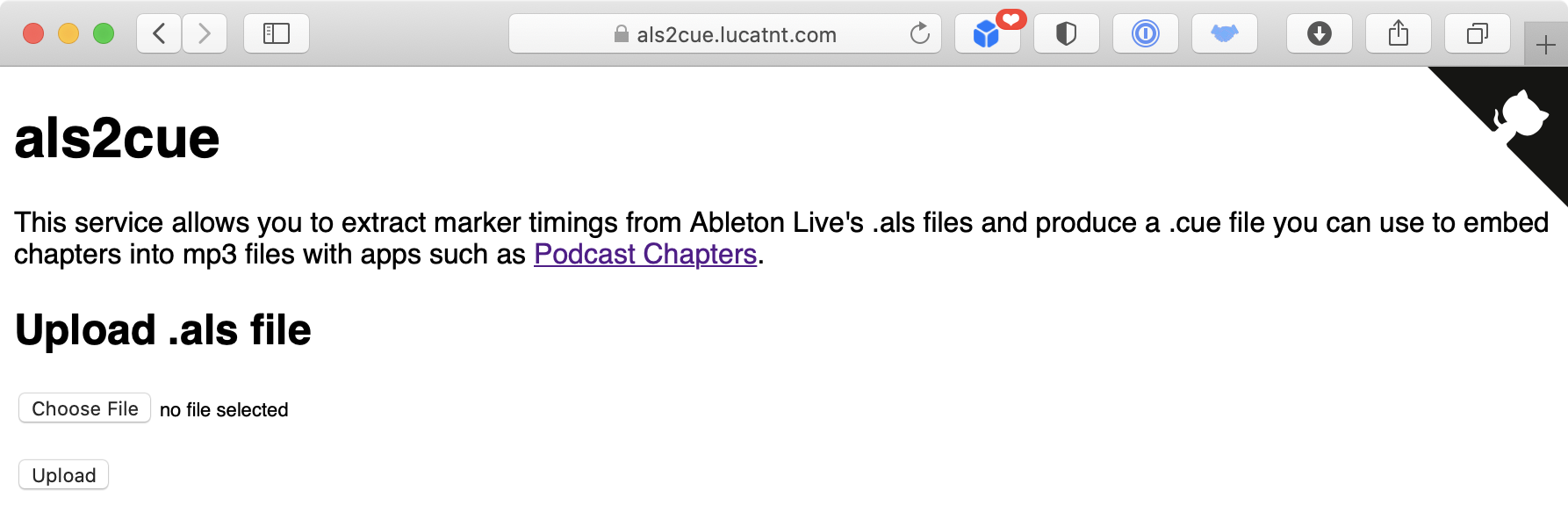
It is open source, and thus can be easily self hosted. It is available from my Github repo (pull requests welcome!) and as a ready-to-use Docker image, lucatnt/als2cue_web, you just need to expose port 80 of the container to a local port.
Get pretty date differences in PHP

Today I needed a quick way to get the time difference from an UNIX timestamp to the current date. To get an idea, it’s like the little date you see on Twitter.com, for example “5m” if the tweet was posted 5 minutes ago.
Here’s my quick-and-dirty PHP code, it just takes the timestamp as an input and returns the formatted output. Feel free to fork it and improve it!
